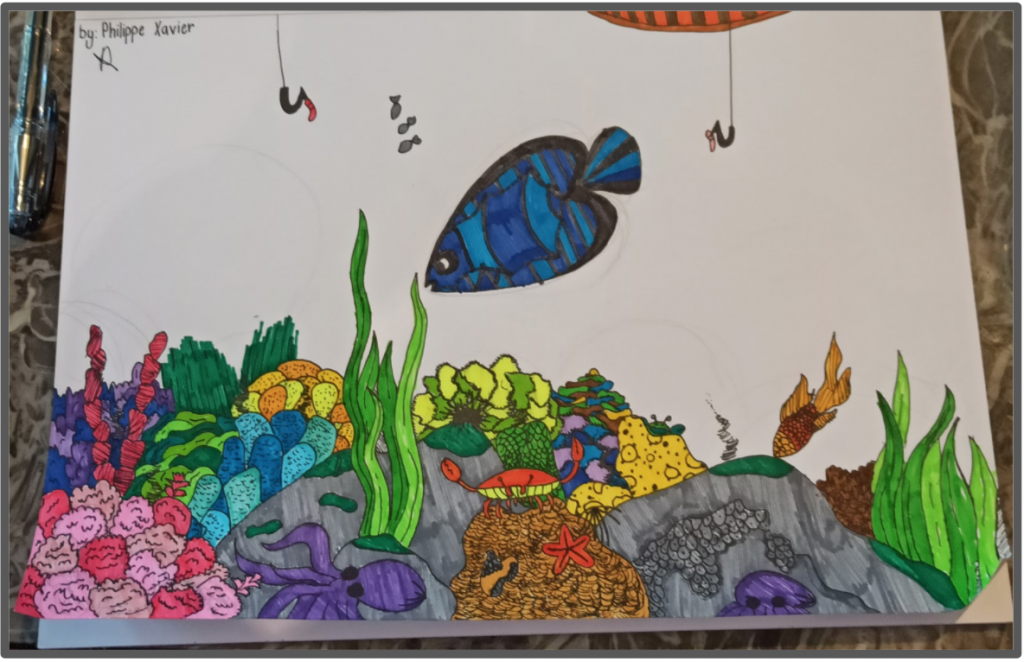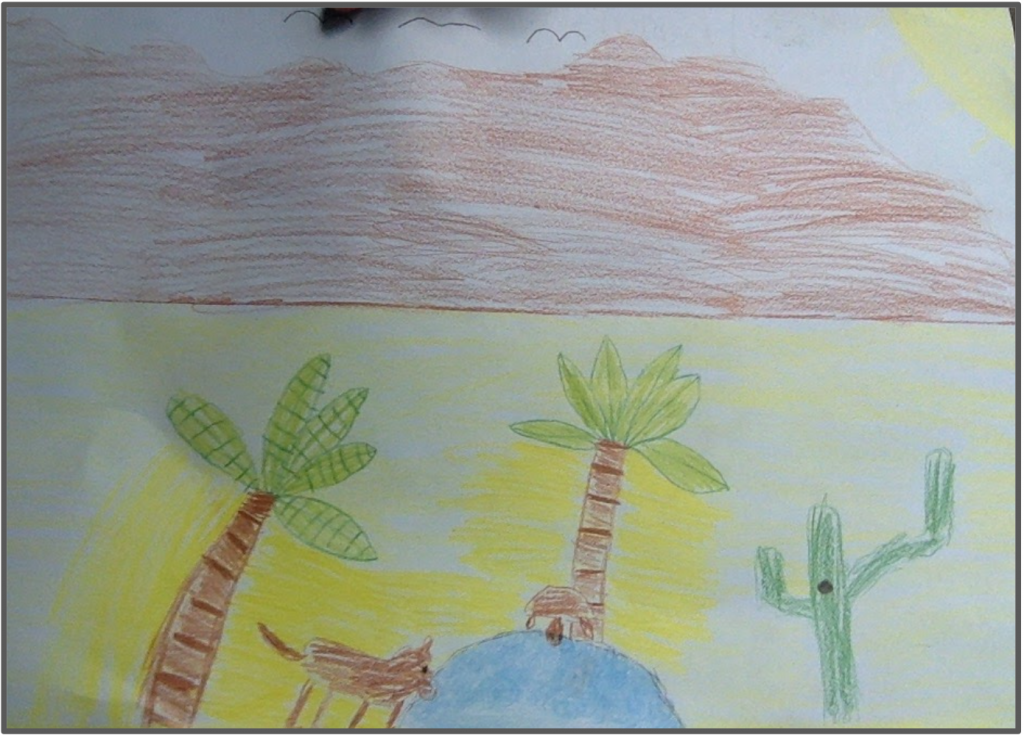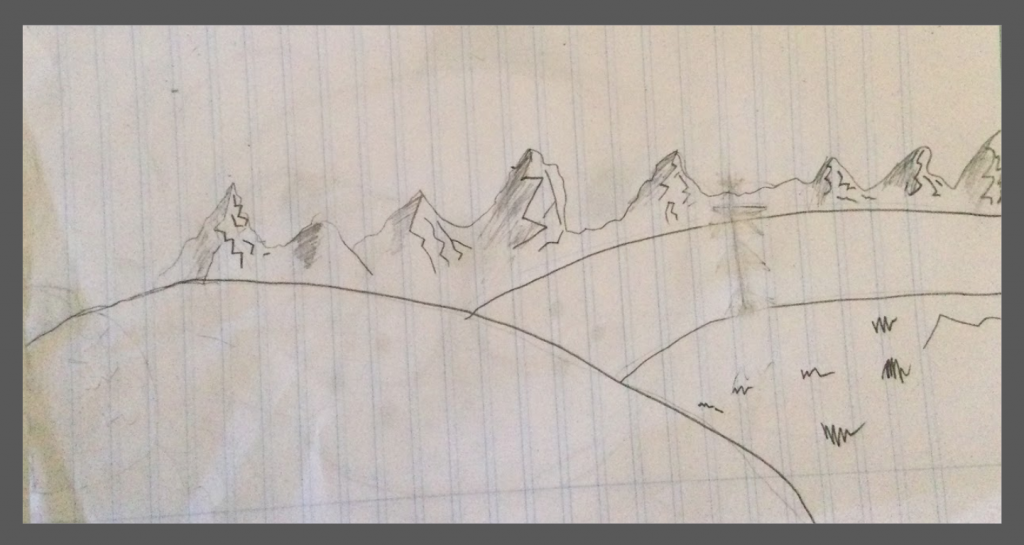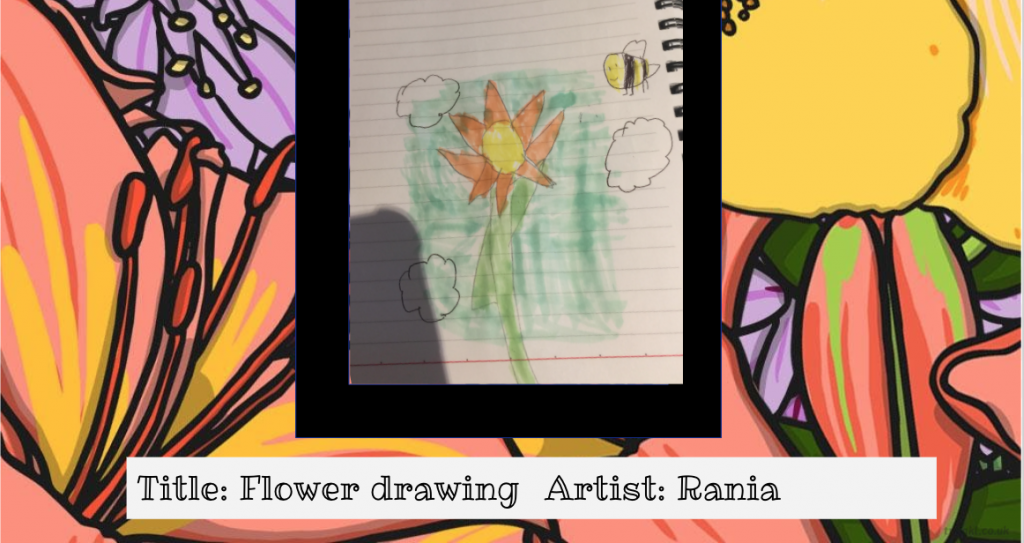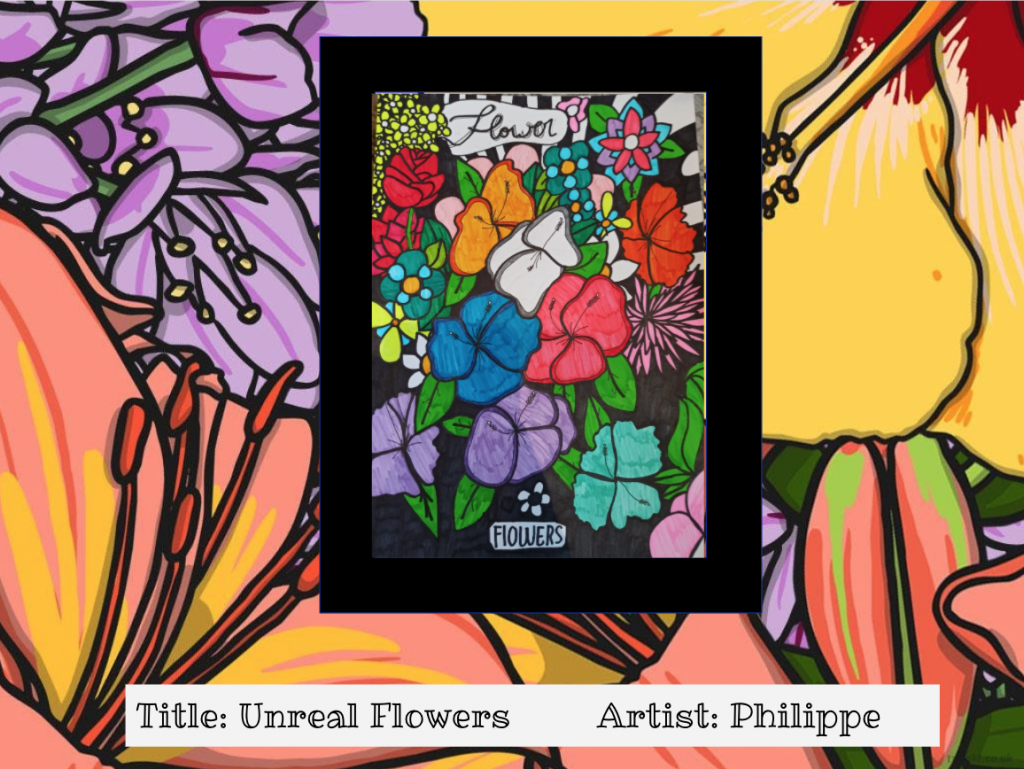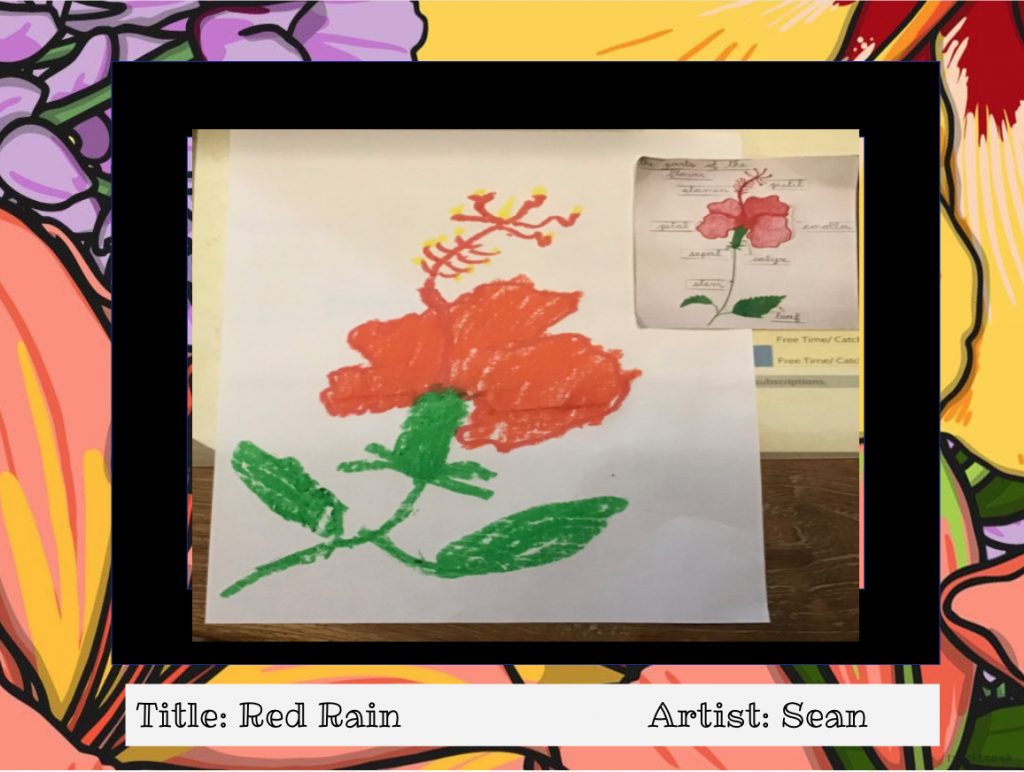Primary eNews – February 5, 2021
Grade 5 Exhibition Parent Information Session
The Primary Years Programme (PYP) exhibition represents a significant event in the life of a PYP school and student, synthesizing the essential elements of the PYP and sharing them with the whole school community. As a culminating experience, it is an opportunity for students to exhibit the attributes of the International Baccalaureate (IB) learner profile that have been developing throughout their engagement with the PYP. (Exhibition Guidelines, Primary Years Programme, International Baccalaureate)
Thank you to those of you that joined the Grade 5 Parent Information Session on the PYP Exhibition (PYPX).
Please find the slides attached to view the presentation.
Grade 5 – Sharing the Planet and Visual Arts
The arts are not mere diversions from the important business of education; they are essential resources. Elliot W Eisner, “The Role of the Arts in Cognition and Curriculum” (2001)
Arts are integral to the PYP. They are a powerful mode of communication through which students explore and construct a sense of self and develop an understanding of the world around them. Arts provide students with a wide range of opportunities and means to respond to their experiences and engage with historical, social and cultural perspectives. The students are stimulated to think and to articulate their thoughts in new ways, and through a variety of media and technologies. The PYP recognizes that not all learning can be supported solely through language and that arts as a medium of inquiry also provides opportunities for learning, communication, and expression. Learning about and through arts is fundamental to the development of the whole child, promoting creativity, critical thinking, problem-solving skills, and social interactions. (Arts Scope and Sequence, Primary Years Programme, International Baccalaureate)
Grade 5 has been using visual arts to support their understanding of our central idea “ Biodiversity relies on maintaining the interdependent balance of organisms within systems.” Grade 5 has completed several learning experiences focusing on using visual arts as a medium for learning. As students inquired into habitats, ecosystems, and biomes, they combined the skills of visualizing with language to describe different landscapes, focusing on perspective and line.
Inspired by the artist Henri Rousseau, students used their observational skills to carefully draw landscapes in their own environments focusing on the element of colour.
As students’ understanding of the complexities of biodiversity deepened, they began to understand the many connections between the organisms on our planet. They could apply this understanding as they worked with paper to create symmetrical collages of food chains in a variety of ecosystems. This allowed students to combine their content knowledge with the elements of colour, line, and shape.
Well done Grade 5 in engaging in the creative process to explore and experiment with a variety of skills and mediums to broaden and deepen your understanding of biodiversity.
Grade 4 Indonesian Studies Photos Hunting
Grade 4 students are learning about Indigenous houses in Indonesia. They did research about a particular traditional house in Indonesia and noted some important information about it. We then had a mini sharing session to let the students showcase their research results.
The learning experience continues to photo hunting activity. The students chose 4 different structures of their houses to be photographed. The pictures are uploaded to their Seesaw and are supported with explanations about the material they are made of, the similarities and differences of those structures from the traditional houses that they have learned.
This activity aims to let the students observe their surroundings and link their prior knowledge about the indigenous values that the traditional houses have. Hopefully, this leads them to answer the big questions: Are there any indigenous values in traditional houses in your place? How does the value influence the building’s structure?
Here are some of their works.
Counseling
Space for all emotions
Think about when you were at a store or restaurant, and a child lost their temper. Maybe they dropped to the ground, threw their head back, screamed at a pitch you’ve never heard. What was the quick reaction of adults nearby? How about times when a child is sad? Do you ever notice adults saying, “Cheer up! You’re okay!” We tend to be comfortable letting our children bask in happiness and excitement but want to rescue them from certain emotions. To understand and regulate emotions, children have to know what they are experiencing. How can we support them?
- If they throw a tantrum, they are operating from a part of their brain that does not lend to making decisions or having rational conversations. First, get down at their level and make a connection. Offer a hug. Don’t underestimate how powerful a hug can be. Let them be with that emotion for a bit, and let them know you have felt like they are feeling, too. Make a connection before you try correction.
- Show curiosity about what your child is feeling throughout the day. “I’m wondering if you are joyful/disappointed/brave/confused/crabby/excited right now?” After they share a bit, help them name what they described accurately. Ensure they are learning the vocabulary for expressing emotions in your home language(s) and their language of instruction. If they have mixed feelings, let them know that is normal.
- Validate and then try to respond to the emotion you have helped them a name with your facial expressions, voice, and touch. For example, if they share that they are scared, maybe you gently grab their hand while talking. If they are ecstatic, jump up and down in joy with them.
Another way to help your children get better at labeling their feelings is to label characters’ emotions in stories and shows. Have age-appropriate feelings charts printed to use during these empathy-building conversations? “How is that character feeling right now? Have you ever felt silly?” Or, “This reminds me of the time you were frustrated with your sister and threw your car against the wall. Do you remember?”
The unique, loving bond between children and their caregivers is called attachment. Research on attachment shows that a key to developing secure and loving relationships is spending time with your children to support their experiences with their emotions. Discussing your children’s feelings and sharing yours can strengthen your relationship with your children (Greater Good in Education, 2019).

